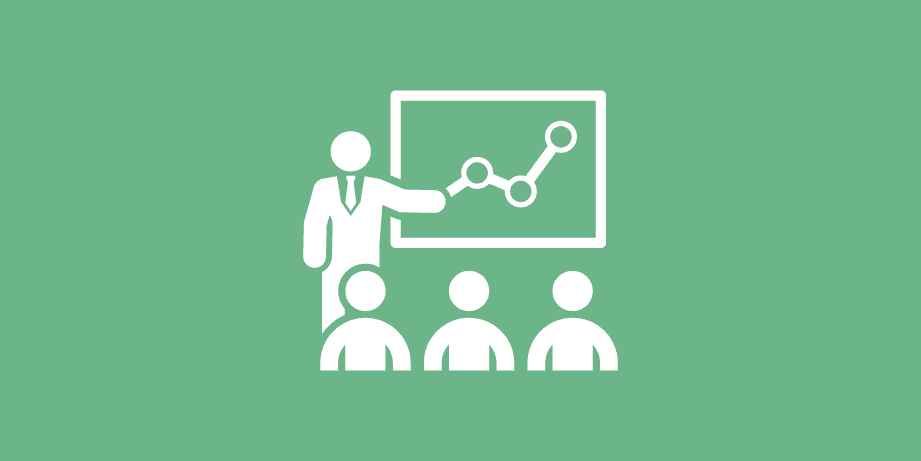In Conversation with Mark Tefakis of Fuze
 This post is based on a webinar where Mark Tefakis, VP of Global Enablement at Fuze, shares the key pillars of successful sales enablement and how to show its ROI to your leadership.
This post is based on a webinar where Mark Tefakis, VP of Global Enablement at Fuze, shares the key pillars of successful sales enablement and how to show its ROI to your leadership.
Fuze is an award-winning “cloud-based unified communication platform that addresses complexities around the modern workforce with the ability to work in a way that drives efficiency and effectiveness for the growth and profitability metrics companies need,” explains Mark. “Founded in 2006, we’re headquartered in Boston and have offices throughout Europe, into Australia, Latin America, and Asia Pacific.”
The evolution and need for sales enablement
“Sales Enablement centered around training and development initially and expanded into how you fully enable the sales organization,” Mark continued. “A lot of CSOs are being challenged with having a constant pulse on the business, to be able to report on where they are today, where they’re going tomorrow, and knowing the lead and lag indicators so they can be responsive to the demands of the business. The discipline of sales enablement is a foundational set of processes and standards that help the CSO address that pressure and scrutiny. This foundation includes time to ramp (TTR) [onboarding], ongoing enablement [to increase productivity], and [preventing] unplanned churn.”
The five pillars of sales enablement
Mark developed the concept of the five pillars of sales enablement through his experience in sales and sales leadership. They are:
- Organizational alignment: “Before you get started you have to understand the dynamics around the organizational alignment. Do you have governance and some process in place where everybody understands the vision, strategies, initiatives, scorecards, and metrics that you’re putting in place to drive the success of the program? That’s critically important,” explained Mark.
- Role-based certification: Most sales organizations have several different roles that vary by company and industry. Role-based certification involves identifying the competency model tied to the skills and knowledge associated with each role. As you look through the motion of each role, what is the thing reps need to know, say, show, and do as they manage the day-in-a-life of performing against the expectations of the role? Next, turn it into a curriculum and how you want to train, develop, and evaluate the performance of these roles. There are three levels that comprise this certification model:
- Lecture and test the retention of knowledge;
- Exercise and application, transitioning from understanding a concept into applying and exercising the skill tied to that concept prior to going out into the field; and
- Managers evaluateperformance in the field and coach.
- Enablement on demand: “Leverage technology to streamline how effectively you execute against the things that are defined in the role-based competency model. There’s no need for heavy dependency on instructor-led training or virtual training when there are technology and applications that allow you to better drive efficiency and effectiveness, plus scale better for the organization within a proper cost model,” explains Mark. “Leverage technology as part of this foundational layer and put the power in the palm of the hand of the individual. Do this within cloud-based applications, with integration into CRM, where you can tie learning and sales supporting assets to a specific sales scenario, prescribing assets and learning based on that scenario. Also building in some gamification to drive contest around how people learn is really compelling. I would encourage you to think about enablement on demand,” he continues.
- Predictive analytics: “It’s one thing to look at reports and reference a dashboard of things that happened in the past. It’s another to look through the windshield, at the road ahead, and predictively be able to tell where your business is going. If you establish the right lead and lag metrics, supporting technology can show when individuals in your sales organization are heading for disaster. You can then start to prescribe specific learning to get them over that hurdle so they can start to perform much better,” suggests Mark.
- Sales advisory boards (a.k.a. voice of the customer): “If you don’t establish champions and have a feedback loop from the sales organization, you will battle some apprehensive people while you’re pushing programs out. This is a mechanism for you to be able to gather insight and feedback in a structured fashion. Sales can contribute to the design and development of your initiatives through localized champions who can support and help drive adoption,” he explains.
“With the five pillars of successful sales enablement,” Mark explained, “we’re leveraging really interesting technology to help do this so you can scale with the demands of the business. You’re not asking the CFO for a ton of bodies, you’re actually leveraging the power of technology, and better equipping and enabling the field based on the power in the palm of your hand, which ties back to the center pillar of enabling on demand.”
How sales enablement works at Fuze
“First and foremost is sales methodology. Whether you do it internally or you leverage an external partner, you have to start there because that is the foundation that drives the rest of the bubbles to the right,” Mark continued.
“Once you have that in place, you then start to think in terms of how to establish a best practice approach to outreach and engagement to the marketplace. We use Mindtickle for our learning management system and recently launched it to our global sales organization. We use Savo for our content management system and a combination of both Mindtickle and Savo to help us with ‘voice of the customer’ and engagement with the field. This gives us the pulse of what’s going on,” explains Mark.
“All of these equate to very effective sales productivity based on the pillars and the underlying enablement technology that you can put in place.”







 New to MINDTICKLE?
New to MINDTICKLE? WHO WE HELP
WHO WE HELP COMPANY
COMPANY RESOURCES
RESOURCES